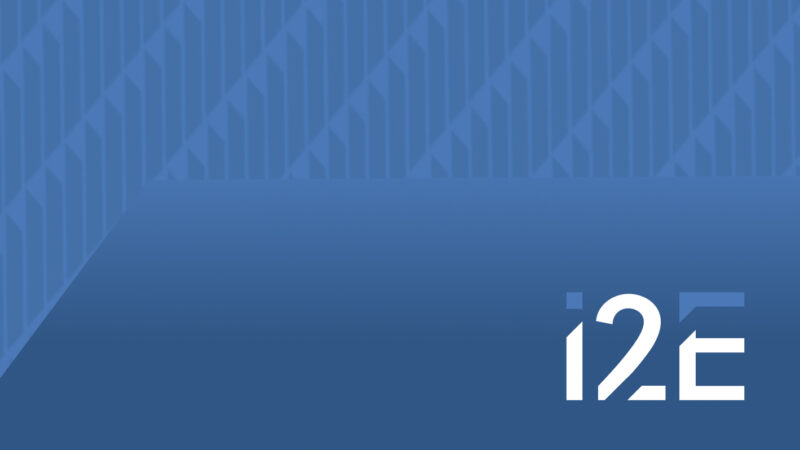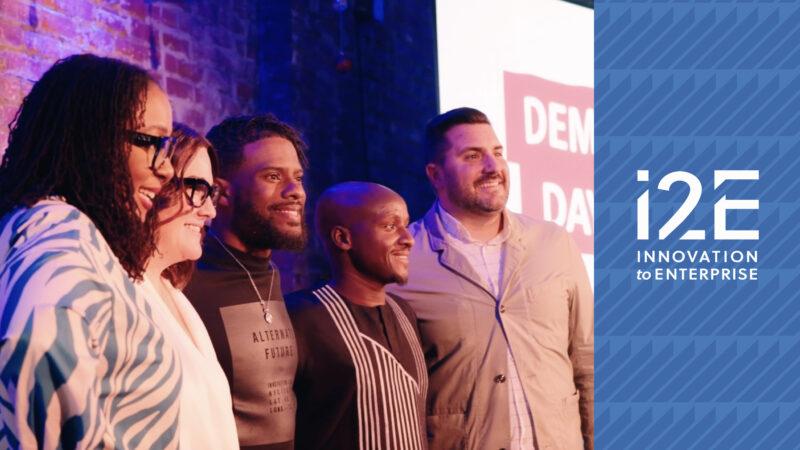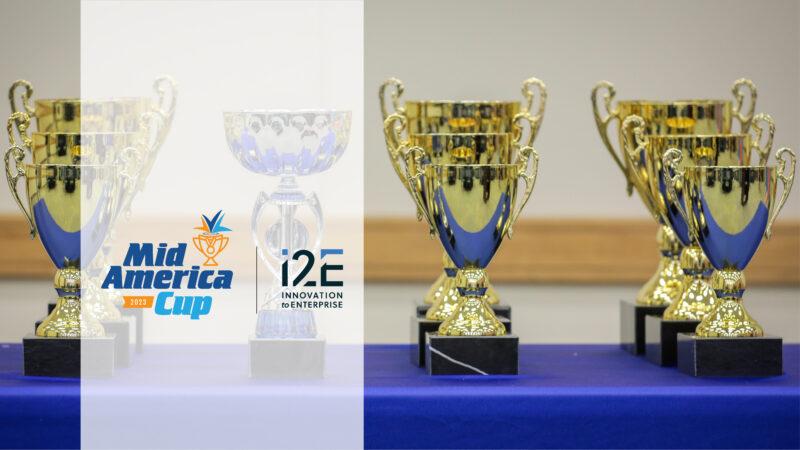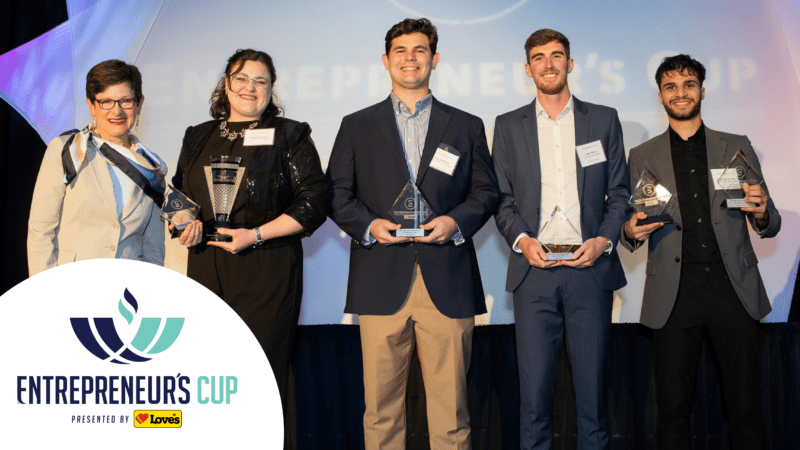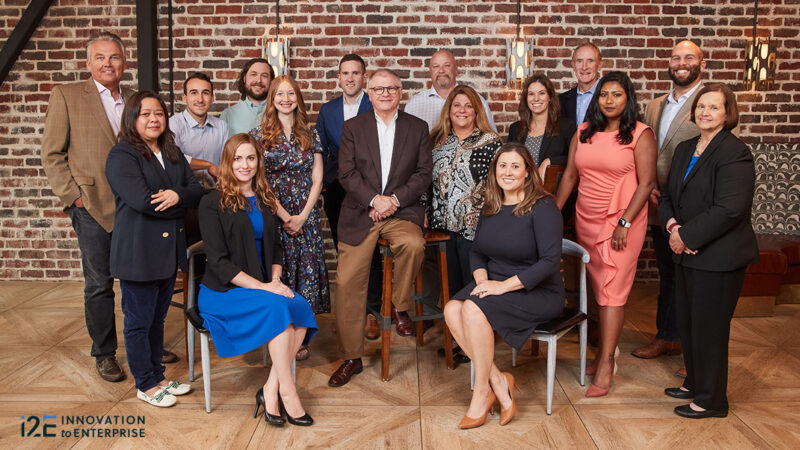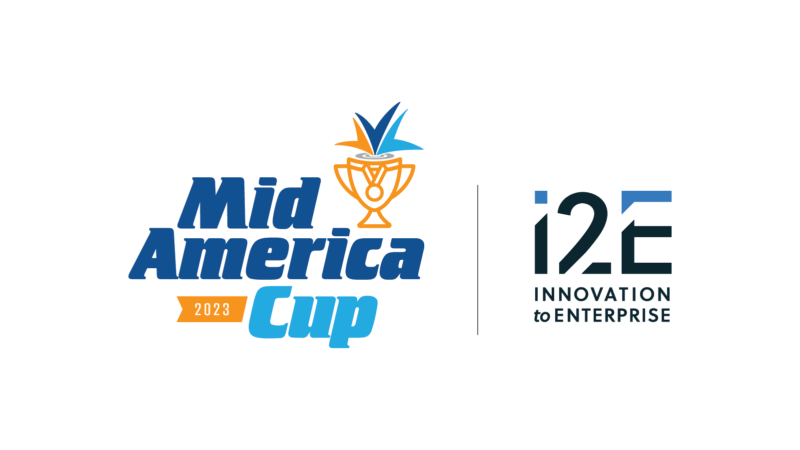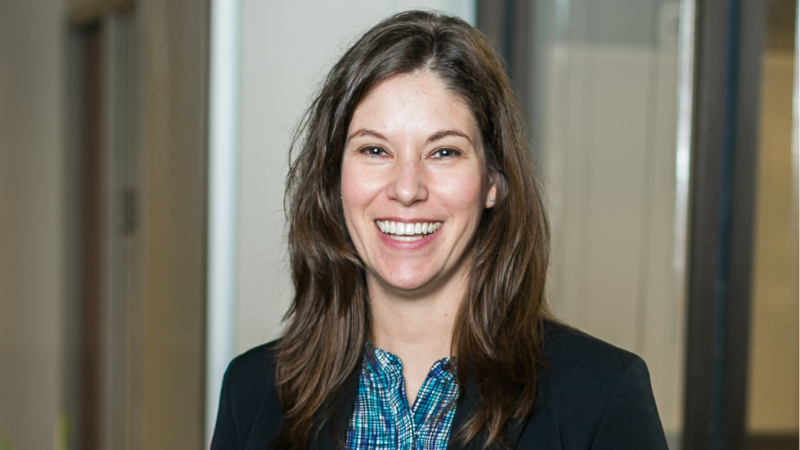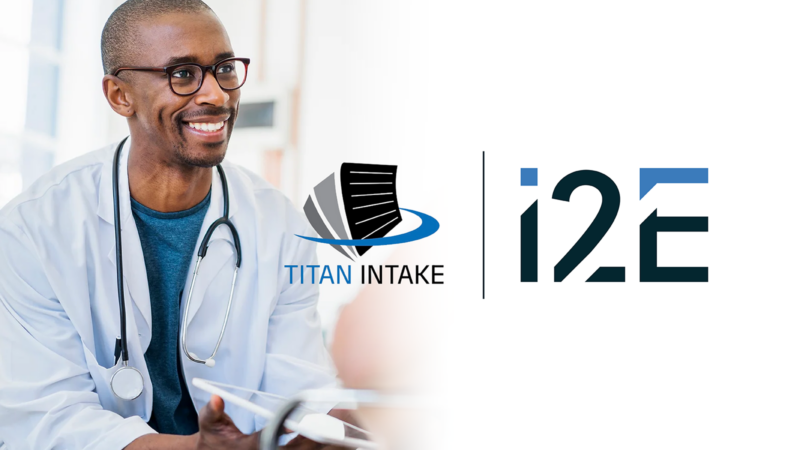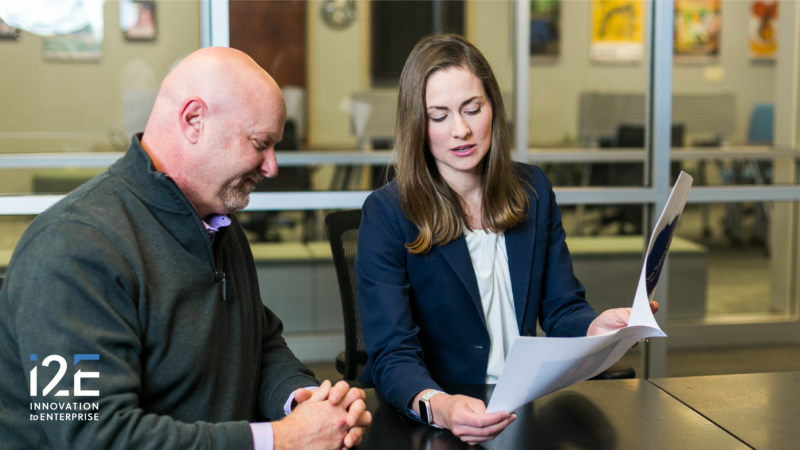By Scott Meacham
Oklahoma State University alumni Ed Roberts is a real life success story with the invention of the Altair 8800 personal computer.
About a third of i2E’s clients are in software/IT businesses. We provide services and investment to Oklahoma entrepreneurs who are building high growth companies, so given the low capital asset requirements and explosive demand for artificial intelligence and machine connectivity, software startups fit into our mission and Oklahoma’s innovation landscape like a silicon chip on a mother board.
The first lines of software code were written mid-century to tell an early computer how to do math. Today software applications are the Rosetta Stone between humans and their devices, plus, an advanced subcategory of software, called firmware, actually makes millions of machines and devices, from mobile phones to automobiles to excavators, work like they are supposed to work.
In the decades between the sixties and now, the software industry really took off. A big thanks for that goes to Henry Edward Roberts, an electrical engineering graduate of Oklahoma State University (OSU) who, in 1974, invented the first commercially successful personal computer. At OSU Roberts had access to an IBM 1620 computer, and from those college years on, Roberts held an enduring interest in computers.
A serial entrepreneur, Roberts founded Micro Instrumentation and Telemetry Systems (MITS) when he graduated OSU. The firm’s first product line was an electronic calculator kit. As margins in electronic calculators softened and semi-conductor technology advanced, Rogers focused his creativity on computers.
Rogers’ breakthrough, the Altair 8800 microcomputer, was named by his daughter after the star Altair. The machine was sold by mail as a kit for $395 and assembled for $103 more. Popular Electronics featured the Altair on its January cover in 1975 with the headline “World’s First Minicomputer Kit to Rival Commercial Models…ALTAIR 8800,” and the home computer phenomenon took wings.
Reportedly Roberts’ goal was a break-even quantity of 200 Altairs; in 90 days he had a 4,000 order backlog.
The Altair was a kind of hobby machine; customers could easily invest thousands more dollars to make it fully functional. Paul Allen and Bill Gates read the Popular Electronics article. They reached out to Rogers from Boston with an offer to write software for the Altair that would allow others to program the machine.
Their product, Altair BASIC, was the first high-level coding language, the first product of Microsoft, and the foundation upon which Gates and Allen eventually built the largest software company in the world.
Roberts sold MITS and became a millionaire. He then went back to medical school and became a family doctor who made house calls in rural Georgia. Upon Ed Roberts’ passing, Bill Gates wrote, “Ed was willing to take a chance on us—two young guys interested in computers long before they were commonplace…the day our first untested software worked on his Altair was the start of a lot of great things.”
And there you have it. A real life success story that speaks to the unexpected, generational and worldwide impact that innovative ideas born and nurtured in Oklahoma can have. On that theme, there isn’t much more I need say. The message and opportunity is clear.
Scott Meacham is president and CEO of i2E Inc., a nonprofit corporation that mentors many of the state’s technology-based startup companies. i2E receives state support from the Oklahoma Center for the Advancement of Science and Technology and is an integral part of Oklahoma’s Innovation Model. Contact Meacham at [email protected].
